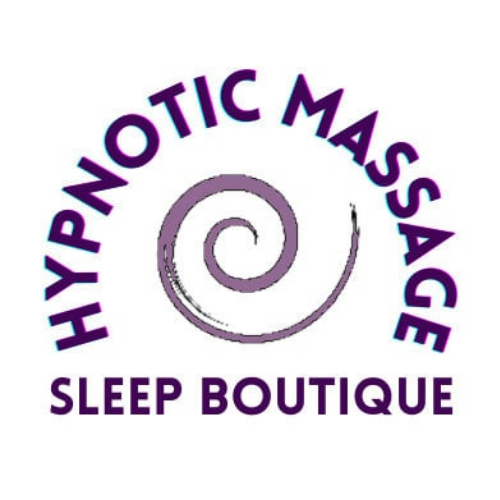Shedding Some Light on Sleep
Correct exposure to light and dark is key to good sleep
For thousands of years our ancestors slept in relative harmony with the light/dark cycle. They may have suffered a plethora of other sleep disruptors like creepy-crawlies and hungry predators, but light wasn’t an issue.
According to the Sleep Foundation, light is the most important external factor that affects sleep. It’s the light/dark cycle that determines our bodies’ natural wake/sleep patterns. The invention of electricity has significantly altered our relationship to this cycle. Excess exposure to artificial light, particularly at night, can throw off our circadian rhythm and cause sleep issues. Prolonged sleep issues have serious health implications such as weight gain, heart problems and an increased risk of dementia and even cancer.
Given our constant overexposure to LED lights, it’s no surprise that sleep issues are a rapidly growing health concern. The American Sleep Apnea Association reports that 70% of adults are not getting sufficient sleep at least once a month, and that 11% aren’t getting sufficient sleep every night.
Thankfully, science and technology offer us a simple solution. Dr. Satchidananda Panda of the Salk Institute and his team have discovered that increasing our exposure to blue light during the day and reducing blue light at night can vastly improve our sleep, as well as our mood and energy levels.
How does this work? Exposure to bright light (either sunlight or using light bulbs that mimic sunlight) early in the morning tells our body to stop producing melatonin and to increase cortisol. Effectively waking us up. It also sparks essential brain functions which are heightened in late morning. Light exposure early in the day also improves our mood and our feeling of well-being.
A natural way to increase your intake of sunlight is to eat your breakfast or lunch outside or sit near a window with the shades up. You can also open your sunroof on your way to work and leave your sunglasses in their case. Making time for outdoor recreation on a regular basis is another great way to catch some rays while doing something fun.
Many progressive companies are installing sunlight simulating lighting for their employees which has resulted in increased productivity.
At home, you have the power to completely control your light exposure. Swap out your current lightbulbs with a popular commercial brand of smart bulbs that offer an a.m. setting, a day setting and a p.m. setting. They even work with your smart home devices. Want a more romantic glow? Scatter Himalayan salts lamps throughout your home for some relaxing nighttime illumination. Besides mimicking the campfires and candles of old, they give off positive ions.
Like to browse social media in the evening? Switch your phone to nightshift or turn on the blue light filter to reduce your exposure. Put some time between watching TV and looking at your devices before going to bed. Better yet, sit and relax in total darkness for a few minutes to stimulate your natural melatonin production.
Taking control of your exposure to light and darkness ensures that a good night’s sleep will follow.
Resources:
“The State of Sleep Health in America”, Sleephealth.org, American Sleep Apnea Foundation, https://www.sleephealth.org/sleep-health/the-state-of-sleephealth-in-america/
“Light and Sleep”, sleep.org, Sleep Foundation, Suni, Eric, 2020, https://www.sleepfoundation.org/bedroom-environment/light-and-sleep
Profile of Sachidananda Panda, Ph.D, Salk.edu, https://www.salk.edu/scientist/satchidananda-panda/


